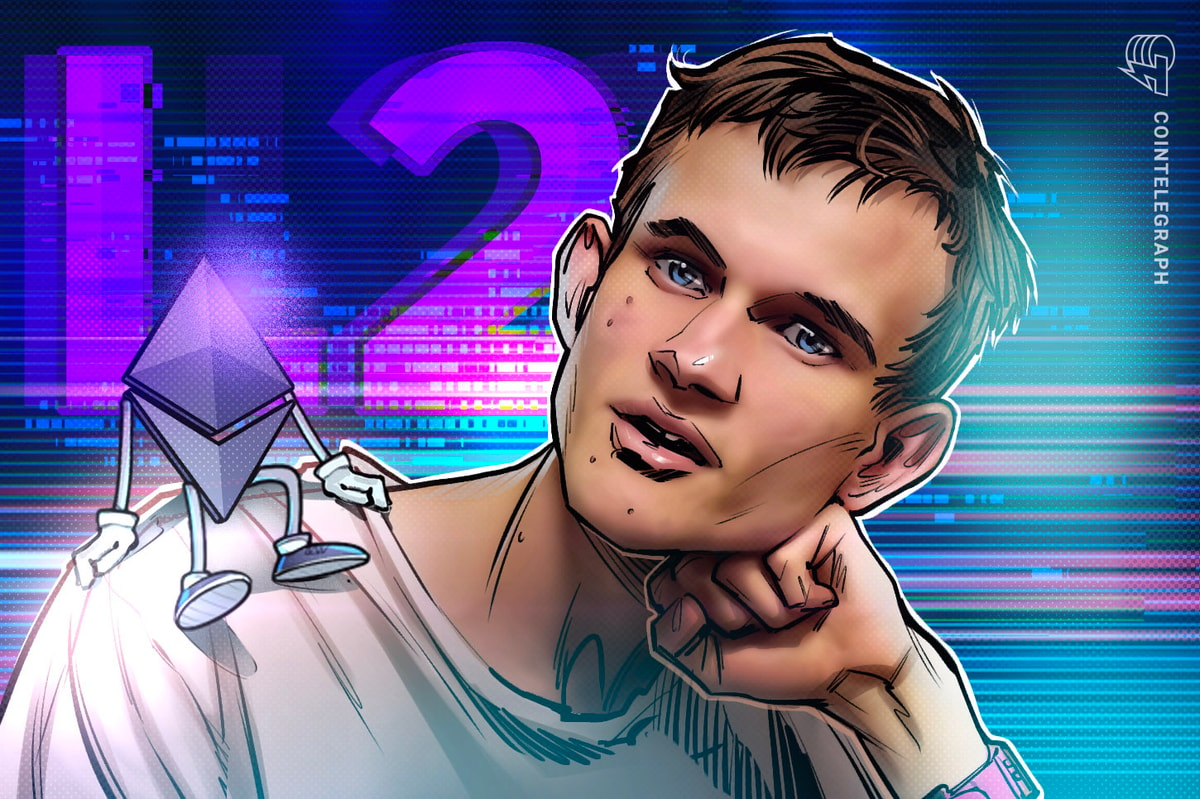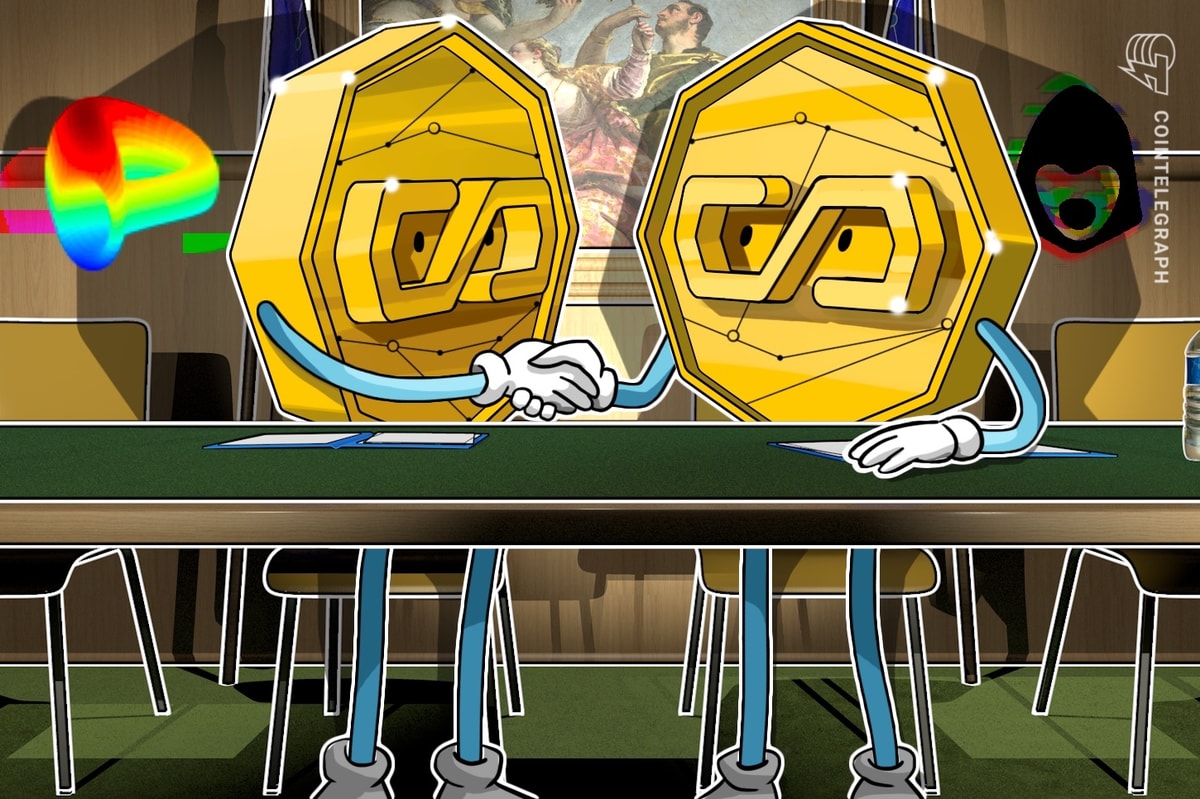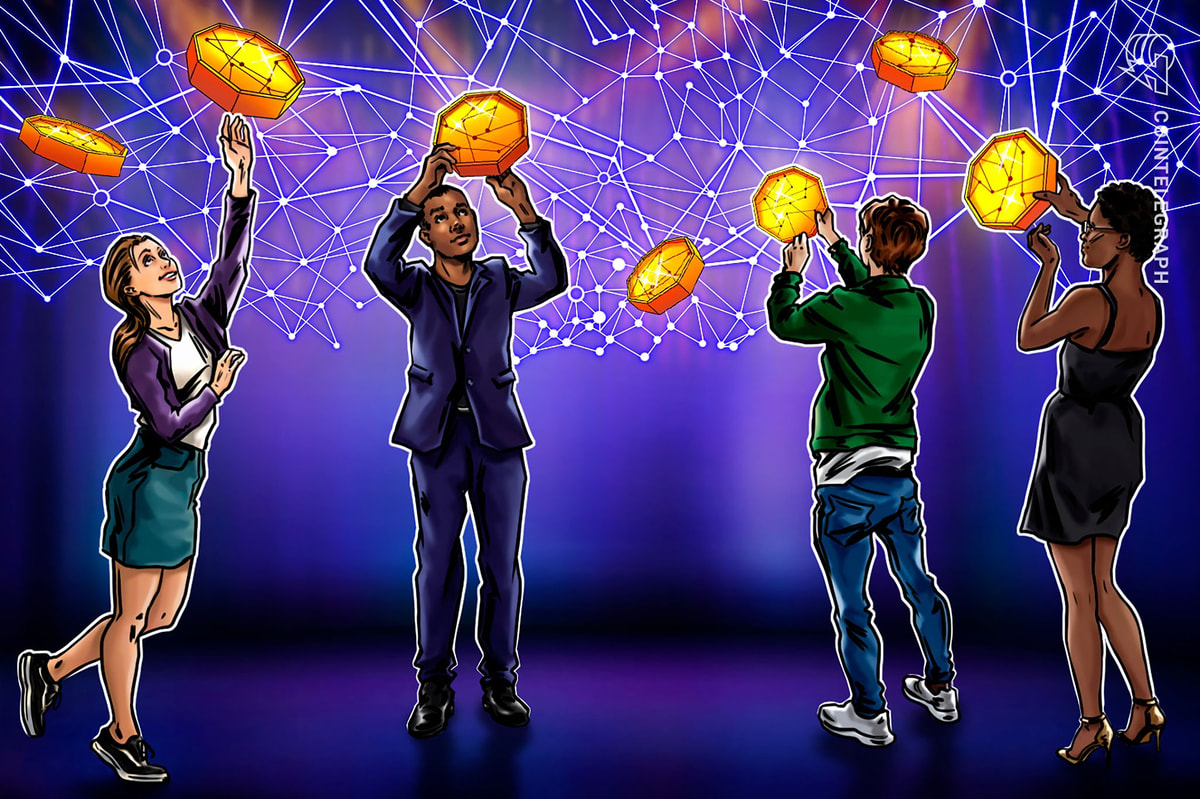Ethereum co-founder Vitalik Buterin stated on Sept. 12 that he will no longer consider a network a “layer 2” if it has not reached “Stage 1” by the end of the year.
“The era of rollups being glorified multisigs is coming to an end,” he stated, adding that “the era of cryptographic trust is upon us.”
The question of whether a network is a layer 2 isn’t just a technicality for the Ethereum community.
It determines whether the network depends on its security from Ethereum and, therefore, can be trusted to secure users’ funds or whether it is a separate network entirely, which may or may not be secure.
The issue was brought to the forefront on June 2, when decentralized finance protocol Velocore was exploited, losing $2.6 million in the process.
Velocore ran on the Linea network, which claimed to be an Ethereum layer 2. However, the team quickly halted block production to prevent the attacker from withdrawing funds to Ethereum.
Critics argued that this halting of block production shouldn’t have been possible if the network depended on Ethereum for its security. After all, an authority cannot pause Ethereum.
Because of this event, many critics claimed that the Ethereum ecosystem was decentralizing too slowly.
Buterin had already commented on the subject a month before the Velocore attack. He stated that all Ethereum layer 2s need to have reached “Stage 1” by the end of 2024. If they do not, the community should no longer refer to them as “layer 2s.
But what exactly is Stage 1?
Stages of decentralization
The term “Stage 1 layer 2” comes from Buterin’s Nov. 2, 2022, post to the Fellowship of Ethereum Magicians message board.
In the post, Buterin argues that the Ethereum layer 2s were still in an early stage of development and could not be expected to be fully decentralized right away.
Instead, developers should be given a grace period to fully develop the components of their networks. In the beginning, these networks would be heavily centralized. But over time, they would become completely permissionless, guaranteeing censorship-free transactions.
Recent: UK finance regulator FCA a ‘deterrent’ to crypto industry, says CryptoUK
A Stage 0 network calls itself a layer 2 or “rollup,” and compressed versions of all its transactions are posted to Ethereum.
In addition, the team provides a “rollup full node,” a piece of software that can independently confirm the state of layer 2 as long as it has the full transaction data from both layers. Users can withdraw from the network without the team’s help as long as the team doesn’t actively try to stop them by posting a false state root to Ethereum.
In a Stage 1 rollup, the network’s smart contract on Ethereum contains a “fraud proof or validity proof scheme” that blocks the developer from posting invalid state roots.
If the developer tries to fraudulently withdraw funds that do not belong to it or to block legitimate withdrawals from users, these transactions will fail under normal circumstances.
However, the developer can override the fraud proofs with a vote from at least six out of eight members of the network’s Security Council. This loophole exists in case the developers discover a bug in the fraud-proof system.
In addition, at least three of the eight members of the Security Council must be from outside the development team, making it theoretically impossible for the development team to override the proofs on its own.
Network upgrades must also be implemented with a minimum seven-day delay unless they are approved by the Security Council.
In the two years since Buterin published the post, most networks that marketed themselves as layer 2s remained stuck at Stage 0 or less, leading to criticism that the Ethereum ecosystem as a whole is failing to live up to its promise.
However, six networks have bucked the trend by managing to reach at least Stage 1.
Networks that have already reached Stage 1
List of L2 Stage 1s. Source: L2Beat.
According to research from blockchain analytics platform L2Beat, here is the complete list of networks that claim to be layer 2s (L2s) and that have reached Stage 1 already. This list is ordered by total value locked (TVL), with the networks that hold the most assets listed first.
Arbitrum One
Abitrum One has already reached Stage 1. The network is run by 14 validators who process withdrawals and deposits using a set of fraud proofs. If the validators try to submit fraudulent transactions, they will be rejected by the smart contracts on Ethereum unless these proofs are explicitly overridden.
The fraud proofs can be overridden by the 12-member Arbitrum Security Council. However, according to Arbitrum’s documents, no single organization is allowed to have more than three members on the Security Council. The development team is not exempt from this restriction.
The Arbitrum decentralized autonomous organization (ArbitrumDAO) can upgrade the network, but in this case, there is a delay of 12 days and eight hours. The Security Council can upgrade the network without delay.
If the Arbitrum sequencer stops functioning, users can withdraw directly from the Ethereum network, but the withdrawal will be delayed by one day after it is initiated. According to L2Beat, users have an “exit window” of two days if they disagree with an upgrade initiated by ArbitrumDAO. If they withdraw within this two-day window, ArbitrumDAO cannot stop them by itself, even if the DAO becomes corrupt or is taken over by an attacker.
If the user disagrees with an upgrade performed by the Security Council, there is no exit window, as Security Council upgrades are nearly instant.
Optimism
Optimism reached Stage 1 on June 10, with the implementation of the “Cannon” fault-proof system. It reverted to Stage 0 on Aug. 17, after bugs were found in this system. However, it reenabled fault proofs on Sept. 11 and is now once again at Stage 1.
If Optimism validators attempt to process fraudulent transactions, they will be rejected by the fault-proof system within Optimism’s Ethereum smart contracts. A Security Council vote can override these fault-proofs, but no organization has enough seats on the council to achieve this without the cooperation of other organizations.
According to L2Beat, OptimismDAO cannot implement network upgrades without the Security Council’s consent. Upgrades are implemented without delay.
dYdX v3
DYdX v3, a Stage 1 Ethereum L2, is a completely separate network from the Cosmos-based dYdX v4. It uses zero-knowledge validity proofs to ensure that all valid withdrawals are processed and no invalid ones are.
The dYdX validators can block withdrawals for up to 14 days by refusing to include them in transactions. If this happens, users can initiate a “forced exit” on Ethereum to retrieve their funds after the 14-day period has passed.
Upgrades are delayed for nine days under normal circumstances or as little as two days if the Priority Controller approves them as urgent. L2Beat warns that if governance were to come under the control of a malicious actor, it could prevent withdrawals through a combination of blocking them for 14 days and initiating a contract upgrade that is implemented within nine days.
Even so, L2Beat considers dYdX to be in Stage 1 because upgrades are delayed by nine days under normal circumstances, which is more than the seven-day minimum.
ZKsync Lite
ZKsync Lite uses zero-knowledge proofs to validate transactions, and the team cannot process invalid transactions or prevent valid ones from confirming under normal circumstances.
If the team initiates an upgrade, it doesn’t take effect for 21 days. If ZKsync validators refuse to include a user’s withdrawal in a transaction, the user can initiate a forced withdrawal on Ethereum and recover their funds in 14 days. An upgrade takes 21 days, giving the user a seven-day “exit window,” according to L2Beat’s report.
ZKsync Lite does not have smart contract capability; it exists exclusively for crypto payments.
In addition to these networks, L2Beat lists DeGate v1 and Fuel v1 as having already achieved Stage 1. In fact, these networks are regarded as “Stage 2,” or fully decentralized. They have a combined TVL of approximately $51 million.
Users who agree with Buterin’s criteria should continue to refer to the above networks as “layer 2s” after Jan. 1 as long as they don’t disagree with some aspect of L2Beat’s analysis.
Top four networks that don’t make the cut
The top four networks that are not currently designated as Stage 1 by L2Beat either fail one of the criteria required to be at Stage 1 or they are still being evaluated.
All of these networks have reached Stage 0, so they could still reach Stage 1 by the end of the year.
Base
Coinbase’s Base network does not run fraud proofs. It is part of the Optimism Superchain, and Optimism has already implemented fraud proofs. For this reason, fraud proofs would be simple for Base to implement, and it may end up reaching Stage 1 before the end of the year. But so far, it hasn’t done so.
Base network Stage 1 issues. Source: L2Beat
Blast
L2Beat considers Blast a “Stage 0” network. Users can independently run a Blast node that checks the validity of deposits and withdrawals. However, the software will only issue a warning if a withdrawal is invalid. Users do not have the ability to withdraw funds against the wishes of Blast’s governing body.
Blast may release fraud proofs before the end of the year, in which case it would continue to be labeled a “layer 2” in 2025. But it currently doesn’t fulfill all of the criteria of a Stage 1 rollup.
ZKsync Era
According to Matter Labs, the network’s developer, ZKsync Era, uses zero-knowledge proofs to validate deposits and withdrawals. L2Beat is currently evaluating how the system works. ZKsync Era may already be in Stage 1 or may reach it soon.
On Sept. 12, the team announced a new governance system that designates “Guardians” to protect users in case of a governance attack. In its announcement, the team claimed that it was attempting to reach Stage 2 full decentralization.
Even so, L2Beat currently classifies ZKsync Era as being in Stage 0 since it hasn’t finished its evaluation of the network’s Stage 1 elements.
Starknet
Starknet already has zero-knowledge validity proofs implemented in its smart contracts. However, these proofs can be overridden by whitelisted operators, and users cannot withdraw without the permission of the layer-2 validators.
Because Starknet already has validity proofs implemented, applying the other criteria of a Stage 1 network would be relatively simple. So, Starknet may reach Stage 1 before Dec. 31, but it currently doesn’t make the cut.
Related: Full decentralization will happen in a few years — Layer-2 rollup teams
A handful of other networks with less than $600 million TVL are still identified as Stage 0.
These include Mode, Lisk, Polygon zkEVM, Taiko, Bob, Loopring, Zora, Kroma, Kinto, Paradex, Boba, ZKSpace and others.
Each of these networks has reached Stage 0, and some have fulfilled at least one criterion of Stage 1. But none have yet fulfilled all of the criteria to reach Stage 1.
Scroll and Linea are still below Stage 0
According to L2Beat’s data, there are two networks with over $700 million TVL that have not even reached Stage 0, although they claim to be layer 2s.
The first is Scroll, which has over $1.1 billion of crypto locked within its contracts. L2Beat states that Scroll has “no available node software that can reconstruct the state from L1 data,” making it impossible for users to independently verify its transactions.
The second is Linea, which has over $780 million locked within its contrast. Like Scroll, Linea has not produced node software that can be used by the public to check its transactions for validity.
Magazine: Proposed change could save Ethereum from L2 ‘roadmap to hell’
These are the networks that both do and do not fit the definition of “layer 2” being championed by Buterin for 2025.
Ethereum supporters will likely continue to push teams to make their networks more decentralized and will increasingly stop calling them layer 2s if they don’t. But some networks will continue to claim that they’re working on it, while others will claim that it doesn’t matter anyway. Only time will tell which side will win out over the long run.











